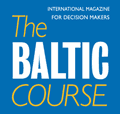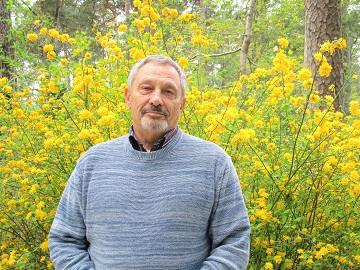
All rights reserved.
You may not copy, reproduce, republish, or otherwise use www.baltic-course.com content
in any way except for your own personal, non-commercial use.
Any other use of content requires the hyperlink to www.baltic-course.com.

Printed: 05.07.2025.
 PrintTourism in the World, Europe & the Baltics
PrintTourism in the World, Europe & the Baltics
 |
|---|
In the OECD countries- of which all 3 Baltic States are
members- tourism directly contributes to about 4% of GDP, to about 7% in
employment and over 20% of service exports with an annual growth of about 4%.
Although, the new OECD report is based on data from 2016, these figures are
really impressive and might be even better today!
Thus, in 2017 only, about 900 mln tourists travel around the
world, an increase of 7% on y-o-y account. In the Baltic States the situation
is the following: over 3 mln tourists per year in Estonia; 1,7 mln in Latvia
and 2,2 mln in Lithuania; compared to 17,5 mln in Poland.
Financing tourism
Financial issues are important as well: largest share of
tourism budget is allocated to marketing and promotion, to improving
infrastructures; however, funding comes mainly from central/regional government
budgets, taxes and charges.
“Travel economy’s” balance in the Baltic States is the
following (receipts vs. expenditures, in €): in Estonia – 1,5 bn vs. 1 bn; in
Latvia – 866 mln vs. 695 mln; in Lithuania – 1,1 bn vs. 974 mln; thus, the more
is invested, the more is the profit!
Three dominating aspects
There are some major long-term trends which affect rapidly
evolving tourism industry, which should be kept in mind by the Baltic States’
developers, such as evolving demand, changing demographics, climate change,
etc. The states have to develop new strategic approaches in order to adapt to a
dynamic tourist sector, modernise regulations, increase stakeholders’
engagements and tackle innovative approaches to tourism business and services.
The OECD experts agree that the national strategies in
tourism development have to follow three main directions: sustainability,
innovation and accessibility. These issues are not easy to integrate into the
national tourism service; thus the best recommendations are: creating
inter-ministerial tourism committees with representatives from national/local
authorities, business and financial communities.
No doubt, tourism can play a vital role in a country’s
transition to “green economy”; however, there is a need for a shift to more
coherent and comprehensive approach to tourism policy.
Bottom-line:
among the “mega trends” in tourism are: evolving visitors’ demand; sustainable
tourism; enabling tourism technologies; and travel mobility. Are the Baltic
States’ authorities aware of these challenges, can they tackle them in the most
operational way, as competitors are not waiting?
More in the new book on global tourism in “OECD Tourism Trends and Policies-2018”- OECD
publish. 2018, 380 pp. Web link: https://read.oecd-ilibrary.org/urban-rural-and-regional-development/oecd-tourism-trends-and-policies-2018_tour-2018-en#page1